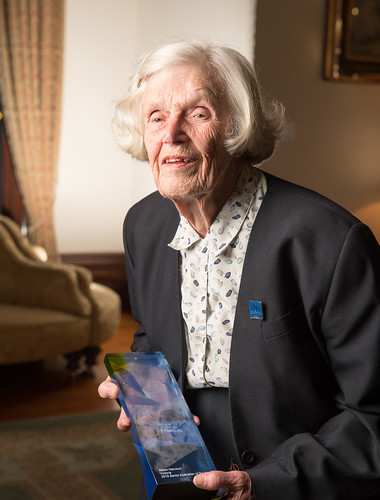As a woman in mathematics and statistics, Alison Harcourt’s seminal work from the 1950s onwards was often overlooked. She is now best known for developing integer linear programming, the basis of efficient computer processing. The 1960 paper written with Ailsa Land on the topic has been cited in 3000 academic journal articles.
Alison has written numerous papers and is the co-author of three books. She was also one of the first users of CSIRAC, Australia’s first digital computer. As a statistician, she worked with social scientist Ronald Henderson and economist R. J. Harper on what became known on the Melbourne Poverty Survey, Australia’s first systematic, quantitative measure of poverty. Their work formed the basis of the 1972 Royal Commission into poverty.
Alison’s other outstanding work, with fellow statistician Malcolm Clark, on the randomisation of electoral ballot papers led to a change in the Commonwealth Electoral Act in 1984.
